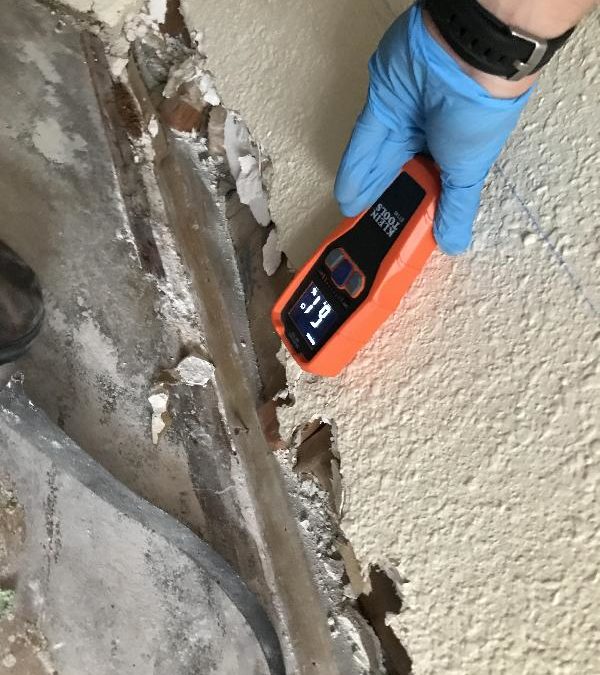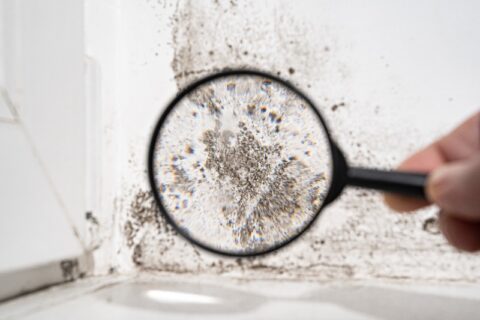Understanding Black Mold: Key Information

The topic of toxic black mold is enough to strike fear into the heart of any homeowner. One reason for this is because unscrupulous companies and media outlets commonly publish misinformation about black mold. As it turns out, controlling and preventing all types of mold is important for maintaining a healthy home.
What Is Black Mold?
Black mold is the common name for stachybotrys chartarum, a greenish-black mold that can grow inside homes and businesses. You might find black mold on drywall, ceiling tiles, paper products, and other materials with high cellulose content.
With over 100,000 known species, mold comes in many colors and textures. Some other species resemble stachybotrys chartarum, but you don’t necessarily need to have mold tested. After all, you want to remediate any mold you find in your home, whether it’s toxic black mold or not.
How Does Black Mold Form?
Microscopic mold spores exist everywhere, even in the cleanest homes. Most of the time, they float harmlessly in the air—that is, until they find a wet, organic material to land on. With access to moisture, oxygen, and a food source, mold has everything it needs to start growing.
Black mold growth usually begins when moisture from a water leak, condensation, or flood saturates the materials in your home. This species of mold needs constant moisture to continue growing. Otherwise, the colony will go dormant.
Black Mold Symptoms
While a lot of hype surrounds black mold and its supposed heightened effects on a person’s health, scientific studies have yet to prove a connection between black mold and particularly severe health problems. The truth is that any mold growing in your home may be harmful, regardless of its color or location.
Young children, older adults, and anyone with allergies or respiratory conditions may be particularly sensitive to mold. Here are the symptoms that some people experience when exposed to stachybotrys chartarum or other types of mold:
- Stuffy nose
- Sneezing
- Itchy eyes
- Headache
- Irritated mucous membranes
- Difficulty breathing
- Skin rashes
- Strong allergic reaction that can trigger pneumonia
How to Get Rid of Black Mold
If you find a large patch of mold measuring more than 10 square feet, the Environmental Protection Agency recommends hiring a professional mold remediation company. For smaller areas, follow these black mold removal tips:
- Eliminate the water source that allowed mold to start growing in the first place.
- Seal doorways, air vents, and other openings in the room to prevent contaminating other parts of your home.
- Put on mold cleanup gear.
- Scrub visible mold with soapy water and a sponge.
- Apply a commercial black mold removal product. Mild, all-purpose bleach cleaners are often effective.
- Place all mold-cleaning equipment in a heavy-duty garbage bag and throw it away.
Looking for expert mold remediation services? Pacific Flood Restoration removes mold and repairs water damage to restore your healthy home. Contact us today at 832-294-5462 to schedule services in San Diego.


